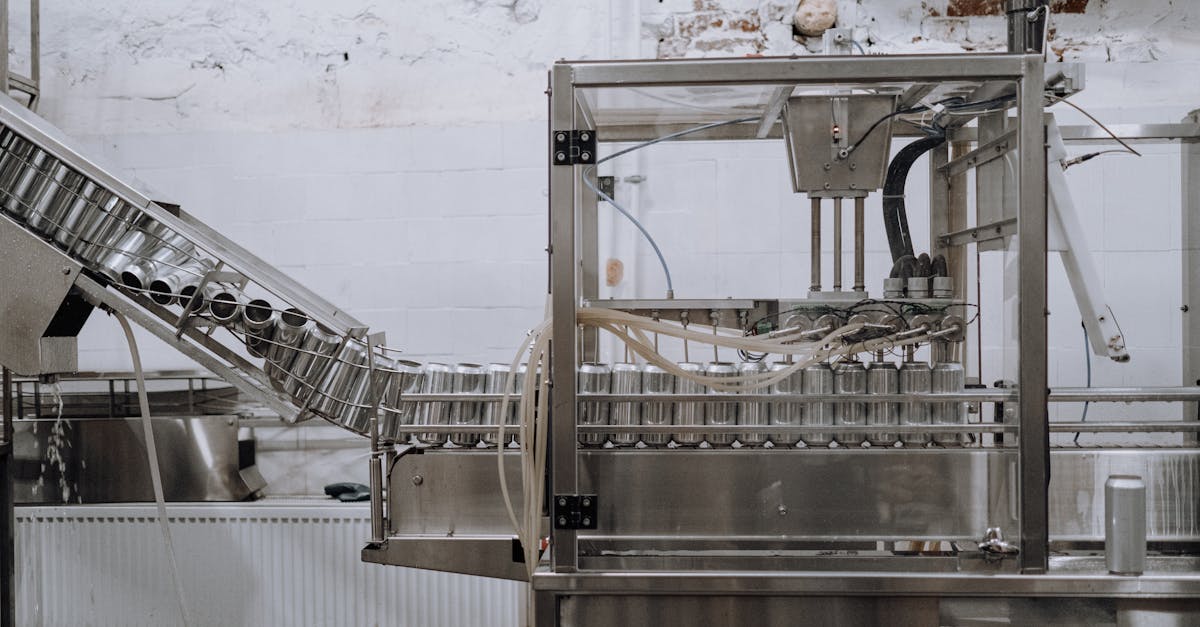
Table Of Contents
Cost and Efficiency
When evaluating the cost and efficiency of Robotic Process Automation (RPA) and Business Process Automation (BPA) systems in Melbourne, it is essential to consider several factors. RPA typically involves a higher initial investment compared to BPA due to the need for specialised software and infrastructure. However, BPA may require ongoing maintenance costs, making it crucial to weigh the long-term expenses associated with each system. In terms of efficiency, RPA is known for its ability to perform repetitive tasks with speed and accuracy, leading to enhanced productivity levels. On the other hand, BPA focuses on streamlining complex and interconnected processes, which can result in improved overall business performance in Melbourne.
When determining the cost-effectiveness and efficiency of RPA and BPA solutions for Business Process Automation in Melbourne, organisations must analyse their specific requirements and goals. Depending on the nature of tasks and workflows that need automation, one system may prove more cost-effective and efficient than the other. It is crucial to conduct a thorough assessment of the current processes and potential areas for automation to make an informed decision. By aligning the chosen automation solution with the strategic objectives of the business, organisations can maximise cost savings and efficiency gains in the dynamic business landscape of Melbourne.
Evaluating costeffectiveness and efficiency of RPA and BPA
When comparing the cost-effectiveness of Robotic Process Automation (RPA) and Business Process Automation (BPA) in a setting like Business Process Automation in South Melbourne, Melbourne, several factors come into play. RPA systems generally require a higher initial investment due to the need for customised bots and regular maintenance. However, in the long run, the operational costs of RPA may be lower than those of BPA due to the reduction in manual labour and potential for increased process efficiency.
On the other hand, BPA solutions often involve lower upfront costs compared to RPA as they typically require the integration of off-the-shelf software. While the initial investment may be lower, the long-term costs of maintenance, updates, and potential scalability issues can add up over time. Therefore, businesses must carefully consider their financial constraints and long-term goals when evaluating the cost-effectiveness of RPA and BPA in a Business Process Automation in South Melbourne, Melbourne environment.
User Interface and Interaction
When it comes to comparing the user interface and interaction aspect of Robotic Process Automation (RPA) and Business Process Automation (BPA) in Melbourne, distinct differences become apparent. RPA systems typically feature user-friendly interfaces that are designed to be intuitive for users with varying levels of technical expertise. These interfaces are often streamlined and focused on simplifying the automation process for users, enabling them to easily set up, monitor, and manage automated tasks without extensive training or technical knowledge.
On the other hand, BPA solutions in Melbourne often involve more complex user interfaces that cater to a broader range of business processes. These interfaces may offer more customization options and flexibility, allowing users to tailor automation workflows to specific business requirements. While this level of flexibility can be advantageous for businesses with intricate processes, it may also require a steeper learning curve and more extensive training for users to effectively utilise the BPA system. Business Process Automation in Melbourne.
Differences in user interface design for RPA and BPA
User interface design for Robotic Process Automation (RPA) and Business Process Automation (BPA) differs significantly. In South Melbourne, Melbourne, businesses implementing RPA typically focus on creating user interfaces that are streamlined and require minimal human intervention. RPA user interfaces are often designed to be intuitive and user-friendly, allowing non-technical users to program automation tasks easily. On the other hand, BPA user interfaces are more comprehensive and customizable, catering to a wider range of automation needs and allowing for complex business processes to be automated effectively.
The user interface design for RPA in South Melbourne, Melbourne, prioritizes simplicity and efficiency to enable quick deployment and minimal training requirements for users. Conversely, BPA user interfaces are generally more intricate and may require a higher level of technical expertise to navigate effectively. The design of RPA interfaces often aims to mimic human interactions, making it easier for users to understand and manage automated tasks efficiently. In contrast, BPA interfaces can be more technical in nature, offering a broader range of tools and functionalities for businesses with diverse automation requirements.
Skill Requirements and Training
Business Process Automation in Melbourne requires varying skill sets and training compared to Robotic Process Automation. RPA typically demands knowledge in programming languages such as Python or Java, as well as expertise in automation tools like UiPath or Automation Anywhere. On the other hand, BPA places emphasis on understanding business processes and workflows to streamline operations efficiently. Training for BPA often involves learning process modelling techniques and business analysis methodologies to identify areas for automation and enhancement.
While RPA focuses on technical proficiency, BPA requires a deeper understanding of organisational processes and strategic planning. Individuals pursuing a career in Business Process Automation in Melbourne may benefit from acquiring skills in project management and business process modelling to effectively implement automation solutions that align with the company's objectives. Training in BPA equips professionals with the ability to evaluate existing processes, identify inefficiencies, and design solutions that enhance productivity and overall performance.
Contrasting skill requirements and training needs for RPA and BPA
When it comes to the skill requirements and training needs for RPA (Robotic Process Automation) and BPA (Business Process Automation), there are distinctive differences to consider. RPA typically demands a more technical skill set, with proficiency in programming languages such as Python or Java being advantageous. Individuals working with RPA need to have a strong understanding of automation workflows and the ability to troubleshoot any technical issues that may arise. On the other hand, BPA focuses more on process improvement and optimization, requiring skills related to project management, business analysis, and strategic thinking. Understanding how to streamline operations and enhance efficiency is crucial for those involved in Business Process Automation in Melbourne.
In terms of training needs, RPA often necessitates specific courses or certifications to become proficient in using RPA tools and software effectively. These training programs focus on teaching individuals how to create automation scripts, manage bot deployments, and maintain the automation infrastructure. BPA training, on the other hand, tends to concentrate on broader business acumen and process improvement methodologies. Professionals engaging in Business Process Automation in Melbourne may pursue training in Lean Six Sigma, process mapping, or change management to enhance their capabilities in optimizing business processes and driving organizational efficiency.
FAQS
What is RPA?
RPA stands for Robotic Process Automation, which is the use of software robots or "bots" to automate repetitive tasks and processes.
What is BPA?
BPA stands for Business Process Automation, which involves automating business processes to improve efficiency and productivity through the use of technology.
How do RPA and BPA differ in terms of cost and efficiency?
RPA is typically more cost-effective for automating repetitive, rules-based tasks, while BPA is better suited for automating complex, end-to-end business processes that require human decision-making.
What are the differences in user interface design for RPA and BPA?
RPA platforms often have intuitive user interfaces designed for ease of use by non-technical users, whereas BPA solutions may have more complex interfaces tailored to specific business processes and workflows.
How do the skill requirements and training needs for RPA and BPA differ?
RPA generally requires less technical expertise and training compared to BP


